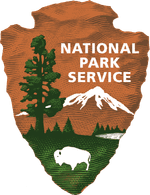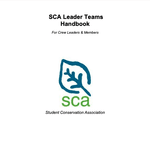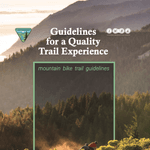Parks, Trails, and Health Workbook
A Tool for Planners, Parks & Recreation Professionals, and Health Practitioners
Trail Competencies
-
Summary
Consider this workbook as a starting point. Every project is different. This workbook is intended as a guide to be adapted for specific situations.
Overview
Parks and trails support community and individual well-being. Access to these resources can help increase residents’ physical activity, support mental health, and foster community and social interactions. Parks and trails development can also benefit local environments and support community wellness. Sensitive areas such as flood plains may be protected, ecosystem services preserved, and areas prone to natural disasters shielded from development that would put people at heightened risk.
Why is a health workbook for park and trail planners needed? Explicit recognition of public health connections and goals in relation to planning efforts is not always obvious. Integrating public health concepts in planning processes can best ensure the full realization of park and trail health benefits.
Purpose of Workbook
This workbook is intended as an outline and quick guide for incorporating
public health considerations in the development of a park or trail. Its
intended and potential uses include helping you:- Facilitate interagency and stakeholder discussion and collaboration
related to parks, trails, and community health issues. - Find data and information to engage and enlist new health partners,
funding resources, and stakeholders. - Assess the health and community needs for a new park/trail project
or enhancement - Prepare for a health impact assessment (http://www.cdc.gov/
healthyplaces/hia.htm) or for health grant applications
- Facilitate interagency and stakeholder discussion and collaboration
Trail Types Covered
General. All trail types are relevant.
| Publisher | National Park Service | |
|---|---|---|
| Published | Apr 2020 | |
| File Format | ||
| File Size | 6.3 MB | |
484 people have viewed this resource




